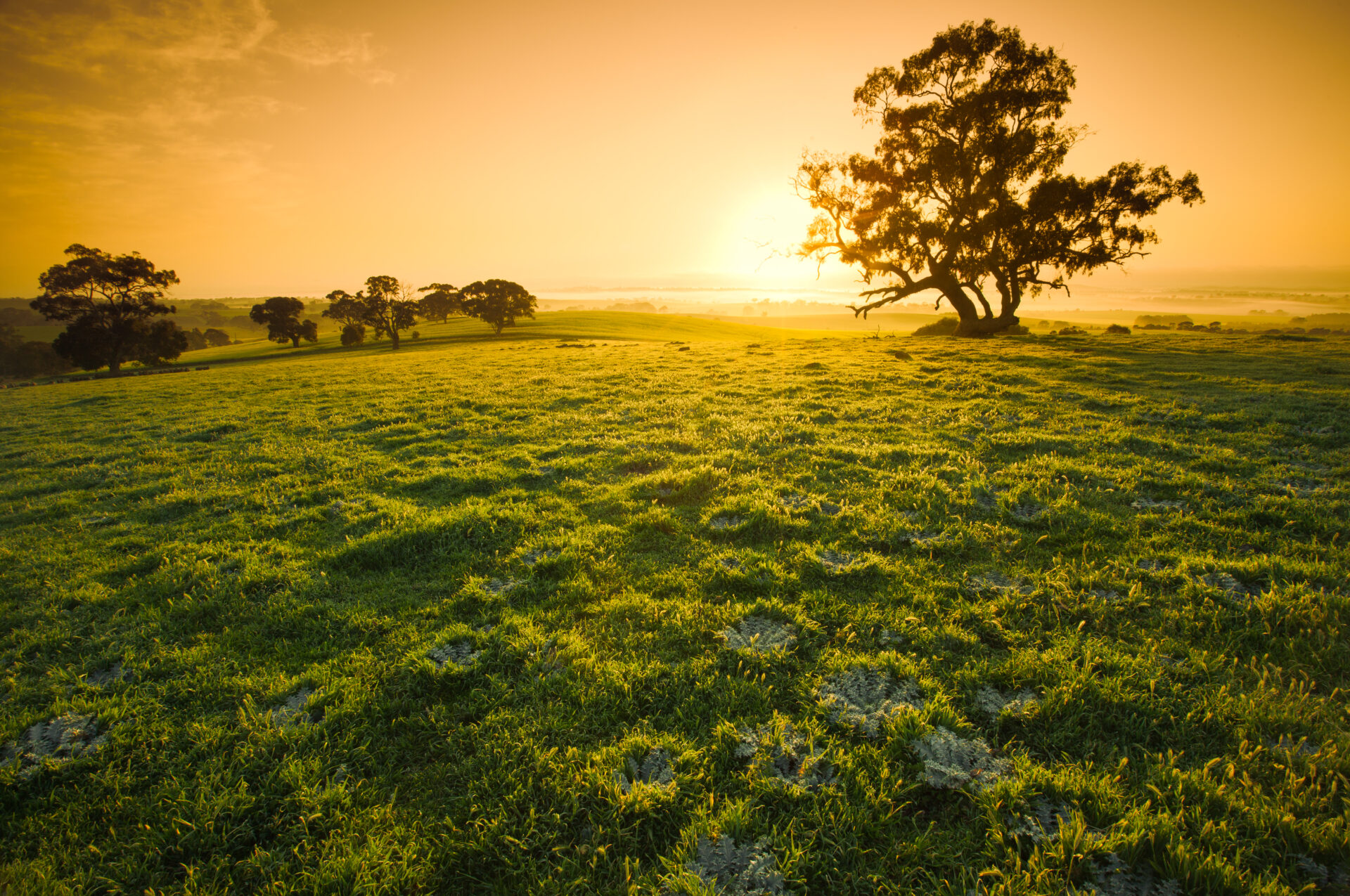Project partner

Natural capital journey
Natural capital activities
- Natural capital accounting
- Natural capital assessment
Overview
Agronomeye is an Australian technology company advancing sustainable agriculture through its flagship platform, AgTwin™– a LiDAR-first digital twin of the farm landscape. AgTwin™ combines high-resolution spatial data with advanced modelling tools to help producers, developers, and policymakers optimise natural capital, reduce risk, and align with evolving sustainability and compliance expectations.
At the core of this capability is the Sustainable Agriculture Natural Capital (SANC) Register: a structured, audit-grade measurement system that underpins the entire insight stack. Developed in alignment with the Natural Capital Measurement Catalogue (NCMC), the SANC Register translates vegetation, water, carbon, and ecological data into metrics that enhance landscape optimisation, support compliance, and open up market opportunities – all AI-enabled to enhance sustainability.

The challenge
Optimising Australia’s agricultural landscapes for both productivity and sustainability is now a critical challenge. Landholders are increasingly expected to deliver multiple outcomes from the same property – higher yields, better water management, improved biodiversity, and evidence that their efforts align with national and global sustainability goals.
At the same time, access to sustainability-linked finance, biodiversity markets, and regulated carbon offset programs – such as generating the Australian Carbon Credit Unit (ACCU) Scheme – depends on the ability to consistently measure and report on environmental condition at the paddock scale.
Yet for most producers and supply chains, there are no standard tools for assessing key natural capital indicators like vegetation health, erosion risk, or water access. Many existing tools are built on sparse samples, low-resolution imagery, or inconsistent frameworks – making them difficult to use for daily management, let alone for defensible compliance reporting.
Agronomeye recognised that unlocking the value of natural capital – both in productivity and market terms – would require more than better analytics. It would require a structured system to support reliable landscape insights, drive better on-ground decisions, and connect landholders to the next generation of nature-based finance and regulatory frameworks.

“The development of the SANC Register was made possible thanks to the foundational work of Climateworks and its Natural Capital Measurement Catalogue, which has provided a clear, structured pathway for aligning ecological data with national and global sustainability frameworks.”
“The NCMC helps turn natural capital into a management asset – not just a reporting requirement”
Stu Adam, CEO, Agronomeye
Approach and solutions
In 2021, Agronomeye reviewed Climateworks’ initial ‘proof of concept’ iteration of the NCMC and mapped the metrics proposed against the capability provided by Agronomeye and partners. From this, the SANC has 120 distinct NCMC aligned metrics, with approximately 100 more farm and agriculture metrics. Collectively providing an overall picture of an agricultural enterprise’s natural capital and sustainability performance. The SANC Register has been updated over time with further reference to the NCMC and other frameworks, such as the Taskforce on Nature-related Financial Disclosures (TNFD) recommendations, as they have developed.
“The NCMC structure enables consistent ecological measurement across sectors. By adopting the NCMC framework, Agronomeye ensures that its insights are interoperable not only across properties, but also with national accounting systems and international reporting frameworks.”
Simon Butler, CSO, Agronomeye
Alignment with key frameworks
The NCMC structure enables consistent ecological measurement across sectors. By adopting the NCMC framework, Agronomeye ensures that its insights are interoperable not only across properties, but also with national accounting systems and international reporting frameworks.
Outcomes to date
The SANC Register is the foundation for cross-domain insight integration – supporting multi-benefit metrics across carbon, biodiversity, water, welfare, and agronomic performance. It is now embedded across Agronomeye’s internal workflows – serving as the design blueprint for landscape metrics, GIS layer creation, and insight module development within the AgTwin™ platform.
The indicators support decision-making across a range of sustainability priorities, including:
- On-farm forestry planning
- Paddock condition monitoring
- Biodiversity assessments
- Water flow analysis
- Animal welfare evaluation

SANC Register sustainability domains
- Vegetation – canopy structure, cover, recovery stage
- Water – dam presence, recharge zones, watercourse condition
- Carbon – biomass indicators, emissions proxies, landscape overlays
- Welfare Proxies – shade, feed access, walkability
- Sustainable Land Management – erosion risk, regen practices, gully extent
Next steps
Agronomeye is progressing toward full deployment of SANC-aligned insight modules, with the first production-ready outputs expected by Q4 2025.
“By embedding NCMC into SANC, we’ve built a framework where metrics are not only comparable across farms – but also learnable by AI.”
Henry Talbot, Head of Product, Agronomeye
Advice for others undertaking natural capital measurement
Agronomeye’s advice for others in the natural capital space is to focus on two key principles: fit-for-purpose technical design and clear strategic context.
Match resolution with purpose
“Ensure your data inputs, models, and reporting categories are aligned. There’s limited value in extrapolating from sparse, low-resolution data – and equally, high-resolution inputs don’t add value if final outputs are overly generalised.
“Use just enough resolution to make a difference – no more, no less.”
Stu Adam, CEO, Agronomeye
Understand the production context
“Amongst our clients, around 90% of land is managed for production. Natural capital measurement should be used to enhance the performance and sustainability of those working landscapes—not just to assess areas set aside for environmental purposes. The remaining 10% may be better suited to restoration, planting or conservation—but it’s the full landscape that matters.”
Simon Butler, CSO, Agronomeye
Find out more
From Agronomeye
Contact
For more information about this case study or the Natural Capital Measurement Catalogue, email NCMC@climateworkscentre.org


